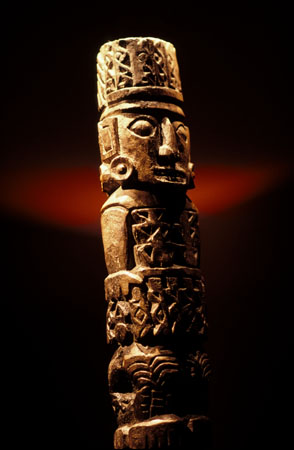 Access, security measures, copyright and lighting are likely to be principal problems when photographing works of art. Some galleries and museums do not allow any photography at all. In other cases it is necessary to apply for permission to use a camera, tripod or flash, or access may be allowed only at certain times.
Access, security measures, copyright and lighting are likely to be principal problems when photographing works of art. Some galleries and museums do not allow any photography at all. In other cases it is necessary to apply for permission to use a camera, tripod or flash, or access may be allowed only at certain times.
Photography undertaken during public opening hours may be complicated by the presence of numerous other people in the small area around a particular work of art. It is not reasonable to monopolize an area for too long, and other people may pass through your field of view. Private access arranged during a period when an institution is closed to the public is therefore a better option.
Paintings are commonly hung so high on a gallery wall that it is impossible, without a stepladder, to achieve the horizontal view necessary to eliminate convergence. However, this problem can be corrected using digital manipulation. The surfaces of paintings can also be highly reflective, so the use of flash is likely to produce unsightly hotspots in the image.
Valuable pieces may be displayed in protective glass or plastic cases. These may be cracked, dusty or covered in fingerprints, and their surfaces reveal all sorts of reflection problems. Plastic display cases tend to warp so their surfaces are no longer plane. It is then virtually impossible to eliminate unwanted reflections. Lighting is often inadequate and inappropriate for photography, particularly when using normal daylight film with a speed of ISO 100 or 200. Long exposures and a tripod are essential, and a mid-range aperture may be necessary to preserve depth of field. Tungsten and fluorescent sources produce distinct orange or green casts on daylight film, although this can be corrected to some extent by using appropriate filters. The white balance for most digital cameras can be set directly to match the prevailing circumstances. Background clutter is often difficult to eliminate in crowded galleries packed with displays of various sorts. Wait for the quietest moment and control depth of field to throw unwanted distractions out of focus.
Less valuable craft items, such as those sold on markets, invite different techniques. Daylight film and corresponding white balance are appropriate, and light levels will be much higher. Displays that are colourful and carefully arranged can make graphic compositions with greater impact than a single item. If possible, use a wide-angle lens to include the artist in the shot.